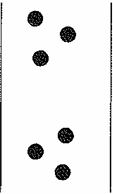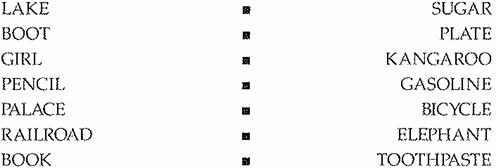

Grammar


Tenses


Present

Present Simple

Present Continuous

Present Perfect

Present Perfect Continuous


Past

Past Continuous

Past Perfect

Past Perfect Continuous

Past Simple


Future

Future Simple

Future Continuous

Future Perfect

Future Perfect Continuous

Passive and Active


Parts Of Speech


Nouns

Countable and uncountable nouns

Verbal nouns

Singular and Plural nouns

Proper nouns

Nouns gender

Nouns definition

Concrete nouns

Abstract nouns

Common nouns

Collective nouns

Definition Of Nouns


Verbs

Stative and dynamic verbs

Finite and nonfinite verbs

To be verbs

Transitive and intransitive verbs

Auxiliary verbs

Modal verbs

Regular and irregular verbs

Action verbs


Adverbs

Relative adverbs

Interrogative adverbs

Adverbs of time

Adverbs of place

Adverbs of reason

Adverbs of quantity

Adverbs of manner

Adverbs of frequency

Adverbs of affirmation


Adjectives

Quantitative adjective

Proper adjective

Possessive adjective

Numeral adjective

Interrogative adjective

Distributive adjective

Descriptive adjective

Demonstrative adjective


Pronouns

Subject pronoun

Relative pronoun

Reflexive pronoun

Reciprocal pronoun

Possessive pronoun

Personal pronoun

Interrogative pronoun

Indefinite pronoun

Emphatic pronoun

Distributive pronoun

Demonstrative pronoun


Pre Position


Preposition by function

Time preposition

Reason preposition

Possession preposition

Place preposition

Phrases preposition

Origin preposition

Measure preposition

Direction preposition

Contrast preposition

Agent preposition


Preposition by construction

Simple preposition

Phrase preposition

Double preposition

Compound preposition


Conjunctions

Subordinating conjunction

Correlative conjunction

Coordinating conjunction

Conjunctive adverbs


Interjections

Express calling interjection


Grammar Rules

Preference

Requests and offers

wishes

Be used to

Some and any

Could have done

Describing people

Giving advices

Possession

Comparative and superlative

Giving Reason

Making Suggestions

Apologizing

Forming questions

Since and for

Directions

Obligation

Adverbials

invitation

Articles

Imaginary condition

Zero conditional

First conditional

Second conditional

Third conditional

Reported speech


Linguistics

Phonetics

Phonology


Semantics


Pragmatics

Linguistics fields

Syntax

Morphology

Semantics

pragmatics

History

Writing

Grammar

Phonetics and Phonology


Reading Comprehension

Elementary

Intermediate

Advanced
SORTING INTO PYRAMIDS
المؤلف:
BARBARA MINTO
المصدر:
THE MINTO PYRAMID PRINCIPLE
الجزء والصفحة:
2-1
2024-09-03
376
That the mind automatically imposes order on everything around it has long been recognized. Essentially, it tends to see any sequence of things that occur together as belonging together, and therefore sets about imposing a logical pat tern on them. The Greeks, for example, demonstrated this tendency by looking up at the stars and seeing outlines of figures instead of pinpoints of light.
The mind will group together any series of items that it sees as having a "common fate"-because they share similar characteristics or are near the same place. Take these six dots for example:

When looking casually at them, everyone sees two groups of three dots each, primarily because some of the distances between the dots are smaller than others.
The value of seeing things in logical units is, of course, immense. To demonstrate, read the following pairs of nouns,1 which are normally not related to each other.

Now try to "organize" them by picturing a situation in which each one might be associated-such as the sugar being dissolved in the lake or the boot sitting on the plate. Then cover up the list on the right-hand side and try to remember them through reading the list on the left-hand side. Most people find that they can recall them all without hesitation.
The same organizing phenomenon takes place when you are either listening to or reading ideas. You assume the ideas that appear together, one after the other, belong together, and attempt to impose a logical pattern on them. The pattern will always be that of a pyramid because this is the only form that meets your mind's need to
Stop at the magical number seven
State the logic of the relationship.
1 Based on a series given in Gestalt Psychology by Wolfgang Kohler (Liveright Publishing: Ne ... v York) 1970.